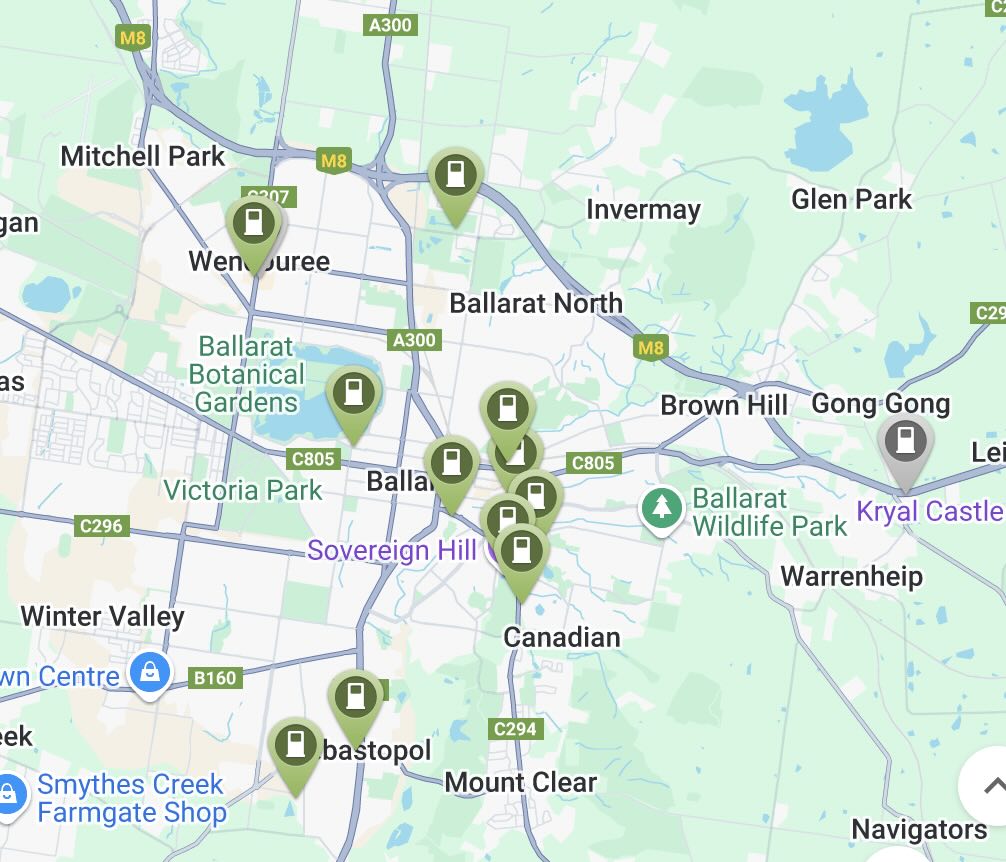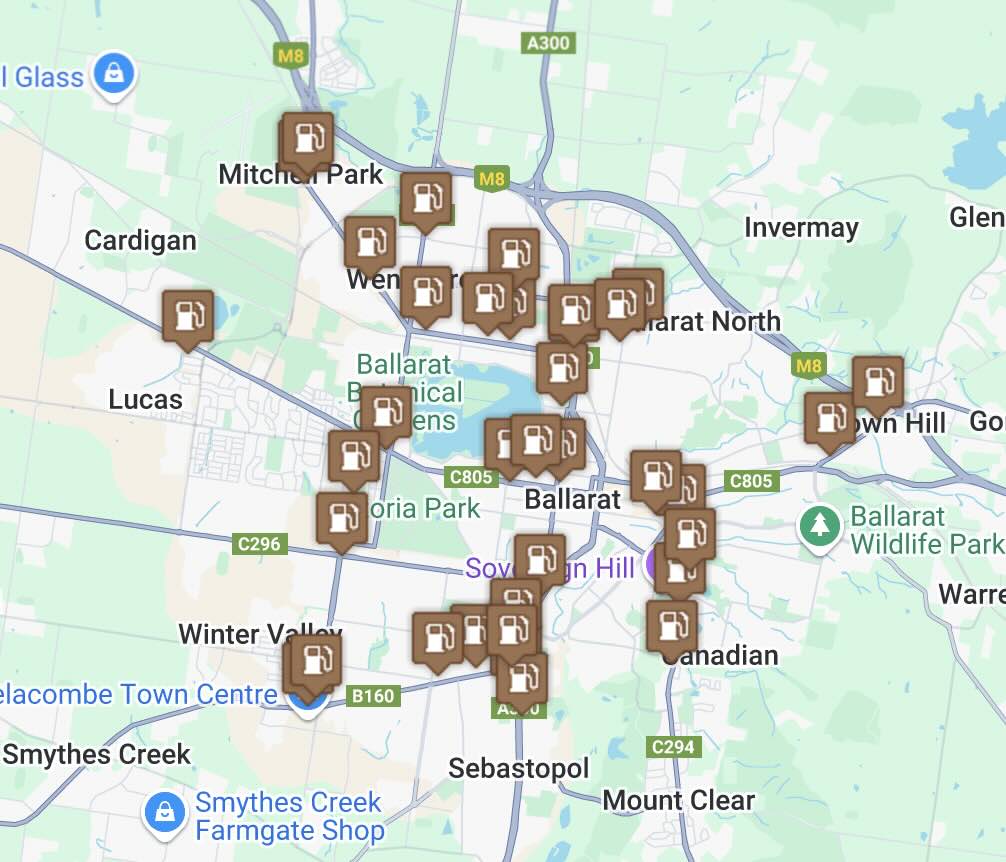If you’re looking to buy a new car in 2025, you are spoilt for choice with hundreds of petrol and diesel options available for different needs, budgets, and styles, with another 100+ electric vehicle variations that offer lower running costs, at-home charging, reduced emissions, and other bells and whistles petrol cars can’t offer.
The EV dream seems too good to be true, but if you’ve played any attention to the Australian transition to EVs, you’re probably already aware of the reality; there is a growing imbalance between consumers that want to make the change, and infrastructure limitations, like limited charger accessibility and building regulations.
Despite EVs making up almost 1 in 10 cars sold in 2024, and ambitious targets on further EV uptake, it’s clear we lack the supporting infrastructure to realise an EV transition.
High-density living headaches
The Australian Bureau of Statistics reports 1 in 10 of Australians live in apartments, and with near-80 per cent of EV owners preferring to charge their vehicle at home, one would think that increasing the amount of in-apartment EV chargers is a straightforward way to encourage uptake. Unfortunately, it isn’t as simple as getting your body corporate to pay for installation.
In Australia, the installation of an EV charger requires several administrative processes and application forms, approval from your landlords and/or body corporates, and a licensed electrician.
That’s assuming everyone in the building has voted in agreement of getting chargers installed. Additionally, many apartment buildings were not designed to handle the electrical load of one, let alone multiple EV chargers, meaning significant infrastructure upgrades are needed in some cases.
Thankfully, we are seeing state government initiatives in this space, like how the NSW Government has invested $10 million in grants to overhaul over 100 apartment buildings with EV charging stations. NSW is now the first state in Australia to co-fund apartment building EV infrastructure upgrades, and all states and territories should follow in their lead.
Future grants and programs should target older buildings with limited electrical capacity to upgrade their infrastructure. Increasing the convenience of charging EVs, which has been the longstanding comparison against refuelling at petrol stations, will significantly encourage EV uptake.
Charger accessibility in regional Australia
Charger distribution is another key issue, with almost 9 in 10 chargers throughout VIC and NSW located in metropolitan areas. While some urban areas have seen increases in chargers, to the point where residents lose prime parking to dedicated charging spots, regional communities have been left behind.
Even more concerning is that traditional explanations for lack in chargers, like lack of population density and traffic, should not stand up in hubs like Ballarat in Victoria, especially when you add the context of petrol station distribution in comparison.
Image: Ballarat VIC 2025, Side-by-side comparison petrol stations (bottom) to EV chargers(top).
Improving the distribution of chargers will help assure prospective EV buyers that they are making the right choice, especially for regional residents, who spend more time on the roads than their metropolitan counterparts.
The federal government’s Driving the Nation fund has invested $39.3 million to help deliver 117 chargers on key highway routes across Australia; yet more can be done to increase charger rollout.
Government could do more in this space, like incentivising automotive businesses such as repair shops, to offer charging options. This would reduce the amount of development needed to increase charger quantity, given such businesses are already outfitted to service vehicles.
Electric vehicle affordability
When EVs first came onto the mainstream market, people winced at the high price tags. The perceived unaffordability is further reflected in a 2024 Transport Opinion Survey, where 44% of Australians said they could not afford an EV.
However, recent changes in both government and private sector finances paint a more promising picture, with various tax benefits, price reductions, and even ways to earn money off your EV through vehicle-to-grid charging, where owners sell their EV’s energy back to the grid.
There are over 120 EV options in today’s market, putting up to $20,000 in downward pressure on the domestic retail prices of EVs.
We even have electric utes and 4x4s, meaning EVs now rival, or in some cases, beat the prices of their petrol equivalents without sacrificing desirable features. EV maintenance and operating costs are also typically lower, with the average Australian spending $2,000 per year on fuel compared to an average of $600 annually to charge an EV.
Additionally, the Australian and state governments offer several financial incentives to encourage EV uptake, like the Electric Car Discount, which provides EV owners an exemption from Fringe Benefits Tax. This, combined with the potential earnings from selling your EV’s stored energy back to retailers during peak periods, means the benefits of EVs have never been clearer.
With these incentives in place, the signs point back to how an overall lack of infrastructure is what’s holding back the transition.
How can private sector help?
Relying on government funding to enact the EV transition is not realistic. The private sector must pull its weight if Australia is to have a serious chance at reducing emissions. Collaborative and innovative efforts, like replacing commercial fleets with hybrids or full EVs, and making chargers commonplace in office parking spaces are strong first steps to accelerating the transition.
Further financial incentives like novated leasing for employees can encourage EV uptake, while retailers and shopping centres could better appeal to the EV-owning market through discounted charging or dedicated parking.
Ultimately, Australia must avoid a chicken-egg scenario, where EV demand is held back by a lack of infrastructure, and infrastructure is held back by a lack of EV demand.
Truman Zhang is president of Dahua Technology Australia and New Zealand.
Want the latest EV news delivered straight to your inbox? Subscribe to our free daily newsletter



